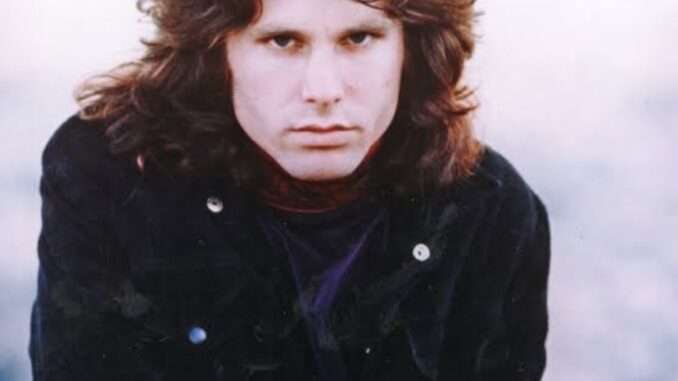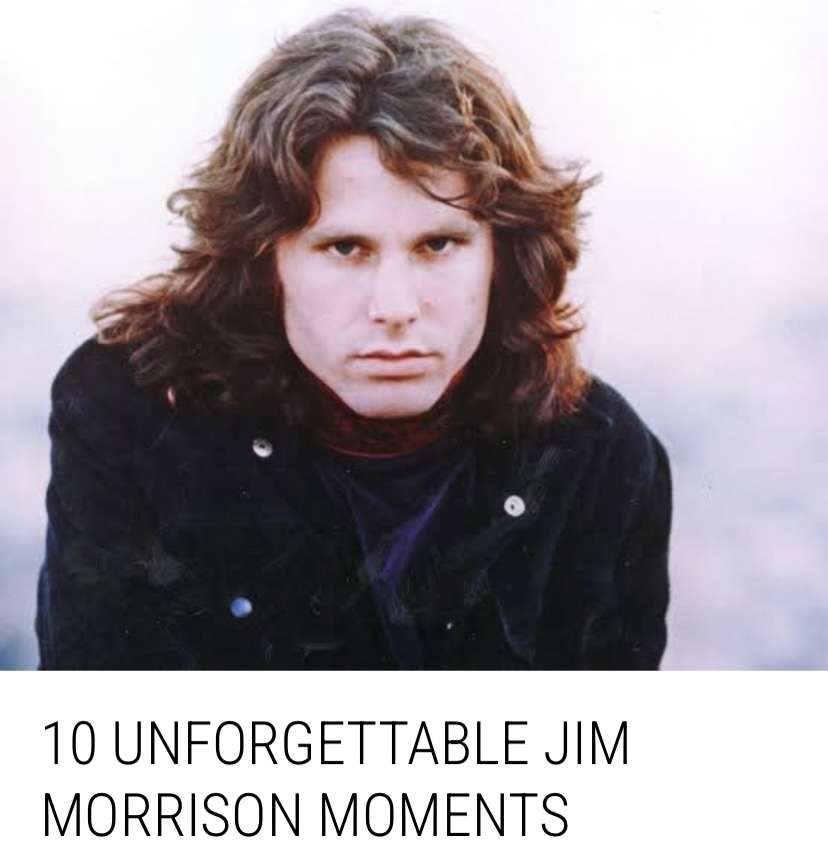
Jim Morrison wasn’t just the voice of The Doors — he was the soul, the spirit, and often the spark of controversy. As one of rock’s earliest and most iconic frontmen, Morrison carved out a legacy as a poetic rebel whose music and antics transformed him into a mythic figure. With his deep fascination for philosophy, love for poetry, and unpredictable, often chaotic stage presence, Morrison defined the prototype of the wild, unfiltered rock ‘n’ roll frontman.
Though his life was tragically cut short at the age of 27, Morrison left behind a trail of legendary moments that continue to influence artists and mystify fans to this day. These 10 unforgettable incidents paint a vivid picture of the Lizard King’s mystique, creativity, and raw rebellion.
1. The Ed Sullivan Show Rebellion (1967)
One of Morrison’s most famous acts of defiance came when The Doors were invited to perform on *The Ed Sullivan Show*, a huge platform for musicians at the time. Producers asked Morrison to change the lyric “Girl, we couldn’t get much higher” in “Light My Fire” due to its perceived drug reference. Morrison agreed — then defiantly sang the original lyric live on air. The band was immediately banned from the show for life, but the moment cemented Morrison’s image as a fearless and unapologetic artist.
2. Arrested Onstage in New Haven (1967)
In what would become the first arrest of a rock star during a live performance, Morrison was detained in New Haven, Connecticut, after an altercation with a police officer backstage. The officer, unaware of who Morrison was, maced him for refusing to leave an area with a female fan. Morrison then took the stage, recounted the event to the crowd, and mocked the police — until officers stormed the stage mid-performance and arrested him. The incident made headlines and only added to his legend.
3. The Miami Incident (1969)
Arguably the most notorious Morrison moment came during a chaotic concert in Miami, Florida. Eyewitnesses claimed he exposed himself, simulated lewd acts, and tried to incite a riot. Though no clear video exists of the incident, Morrison was charged with indecent exposure and profanity. He denied the allegations, but the scandal resulted in widespread backlash, canceled concerts, and legal battles that would follow him until his death.
4.Recording “The End” – A Haunting Masterpiece
“The End,” from The Doors’ debut album in 1967, was a psychedelic, nearly 12-minute track that showcased Morrison’s storytelling and unhinged poeticism. Originally a breakup song, it evolved into a dark, surreal journey through Oedipal fantasy and existential dread. With lines like “Father, I want to kill you / Mother, I want to…,” it was bold, disturbing, and a perfect example of Morrison’s willingness to plunge into the deepest corners of the human psyche.
5. Infatuation with Philosophy and Literature
Beyond his onstage antics, Morrison was a deep thinker. He studied film and poetry at UCLA and was heavily influenced by the works of Friedrich Nietzsche, Arthur Rimbaud, and the Beat poets. He often quoted philosophers in interviews and used their ideas to craft his lyrics. Morrison saw himself less as a rock star and more as a shaman-poet, using music to provoke thought and explore spiritual depths.
6. The Whisky a Go Go Firing
Before The Doors hit it big, they were the house band at L.A.’s Whisky a Go Go. But after a performance of “The End” that included Morrison’s full Oedipal improvisation, the club fired them on the spot. Ironically, the shocking performance drew attention to the band’s raw power and helped propel them into national fame.
7. The “American Prayer” Project
In 1978, seven years after his death, Morrison’s spoken word poetry was released in the album *An American Prayer*, with musical backing from the surviving members of The Doors. The recordings, made in 1969 and 1970, showed Morrison’s deep artistic vision beyond just music. It was a haunting, posthumous look into the soul of a man who was always searching for meaning through language.
8. Paris and the Final Days
In 1971, Morrison moved to Paris with his longtime partner Pamela Courson, hoping to escape fame and focus on writing. But the demons he carried with him — particularly substance abuse — remained. On July 3, 1971, he was found dead in a bathtub. No autopsy was performed, and his cause of death was listed as heart failure, sparking decades of speculation and conspiracy theories. His grave at Père Lachaise Cemetery became a shrine for fans.
9. The Doors’ “Absolutely Live” Tour Chaos
During The Doors’ 1970 “Absolutely Live” tour, Morrison’s erratic behavior peaked. He was often late, intoxicated, and prone to long, rambling monologues. Yet these moments — unpredictable and electric — created a raw energy that captivated audiences. The live album that came from this tour remains one of the most honest representations of Morrison’s live persona: dangerous, poetic, and magnetic.
10. Legacy as the Lizard King
Perhaps one of Morrison’s most enduring acts was the creation of his own mythos. Calling himself “The Lizard King,” a title taken from one of his poems, he blended mysticism, Native American imagery, and personal demons into a singular identity. “I am the Lizard King, I can do anything,” he once wrote — a mantra for the fearless self-invention that defined his life and music.
And though he’s been gone for over five decades, the echoes of his voice, the wildness of his spirit, and the power of his poetry remain as alive as ever.
Leave a Reply